Paul Edmondson, Core-Tex Master Trainer and Gray Institute faculty uses the principles of function and patented motion of Core-Tex to introduce a very effective strategy for cervical spine rotation. Many patients, clients and athletes can have limited cervical rotation that can be painful and limiting in function and performance.
Paul demonstrates how we first create the needed motion and competency, and then provides several progressions and lateralizations that place stability demands on the available motion. Paul Edmondson, Core-Tex Master Trainer and Gray Institute faculty uses the principles of function and patented motion of Core-Tex to introduce a very effective strategy for cervical spine rotation.
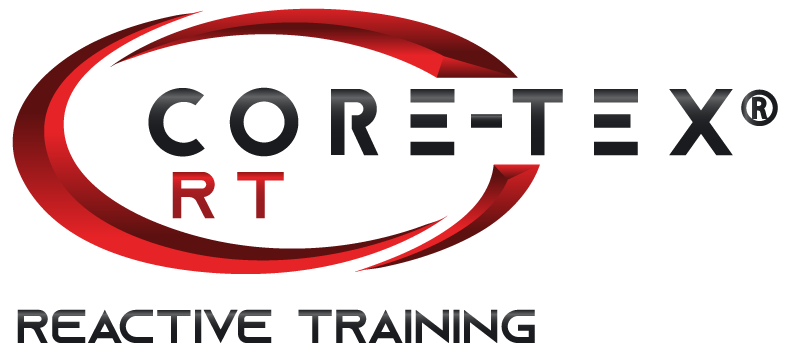

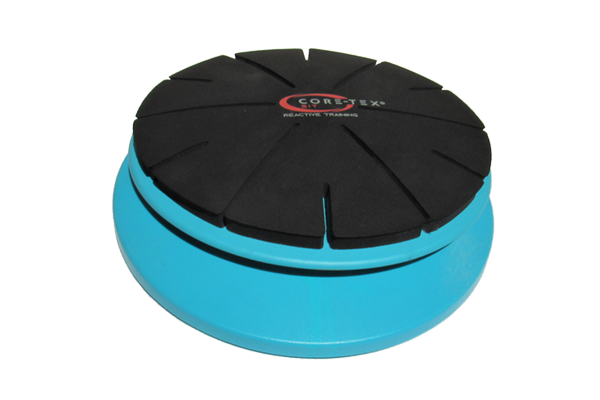
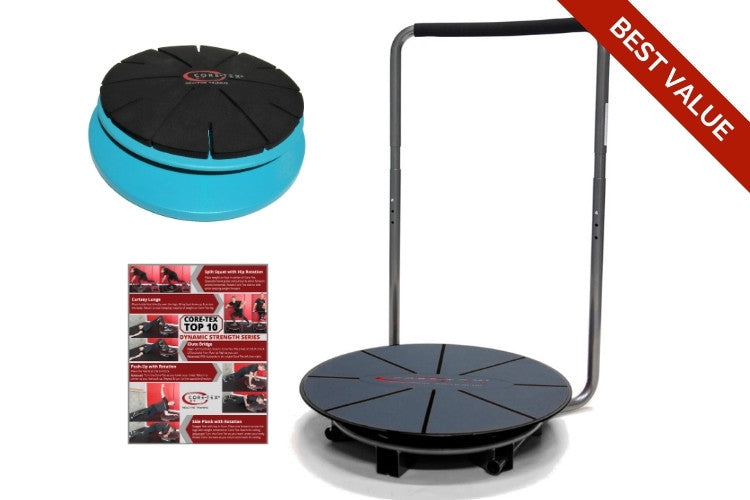



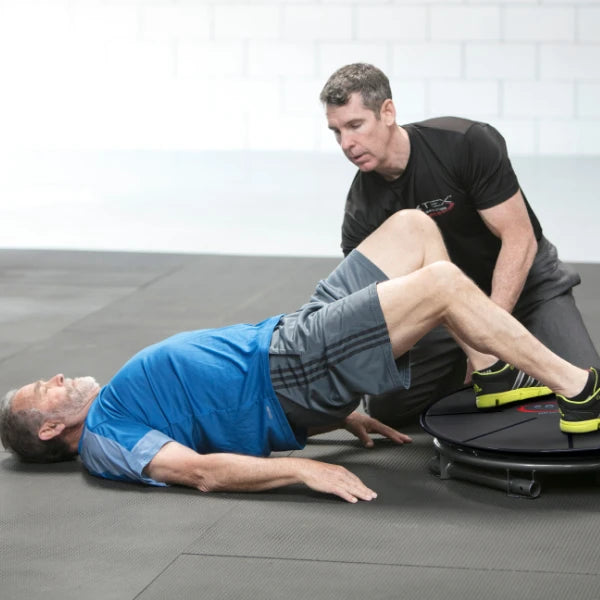
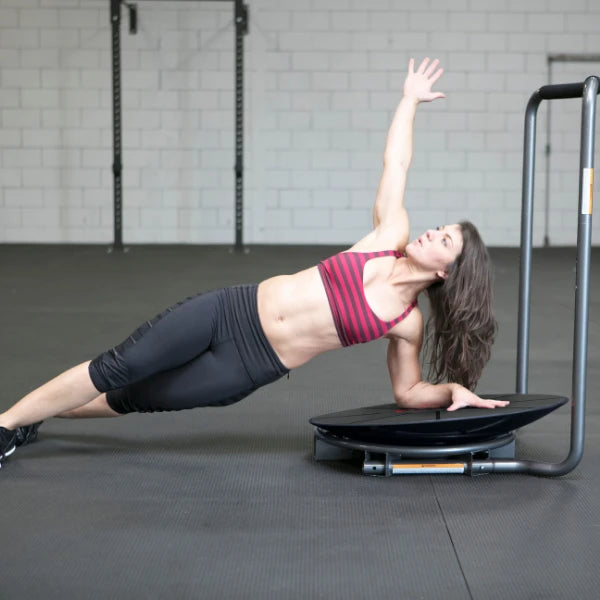
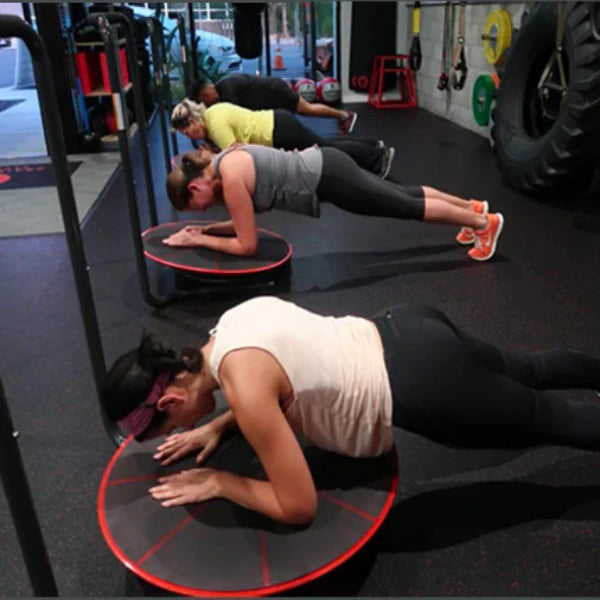
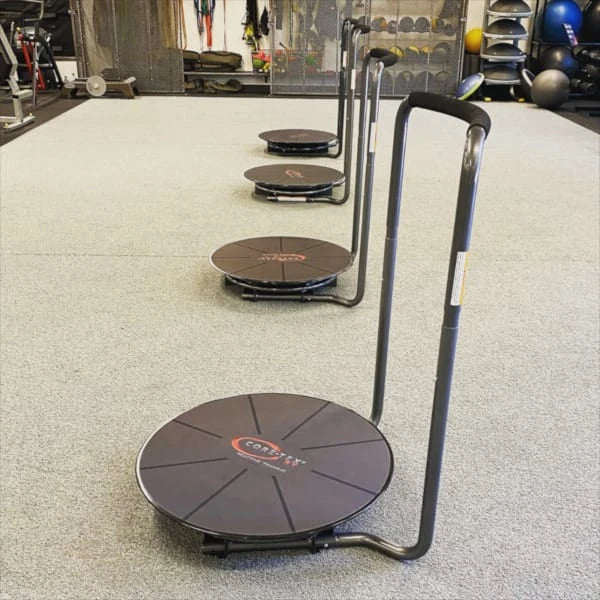
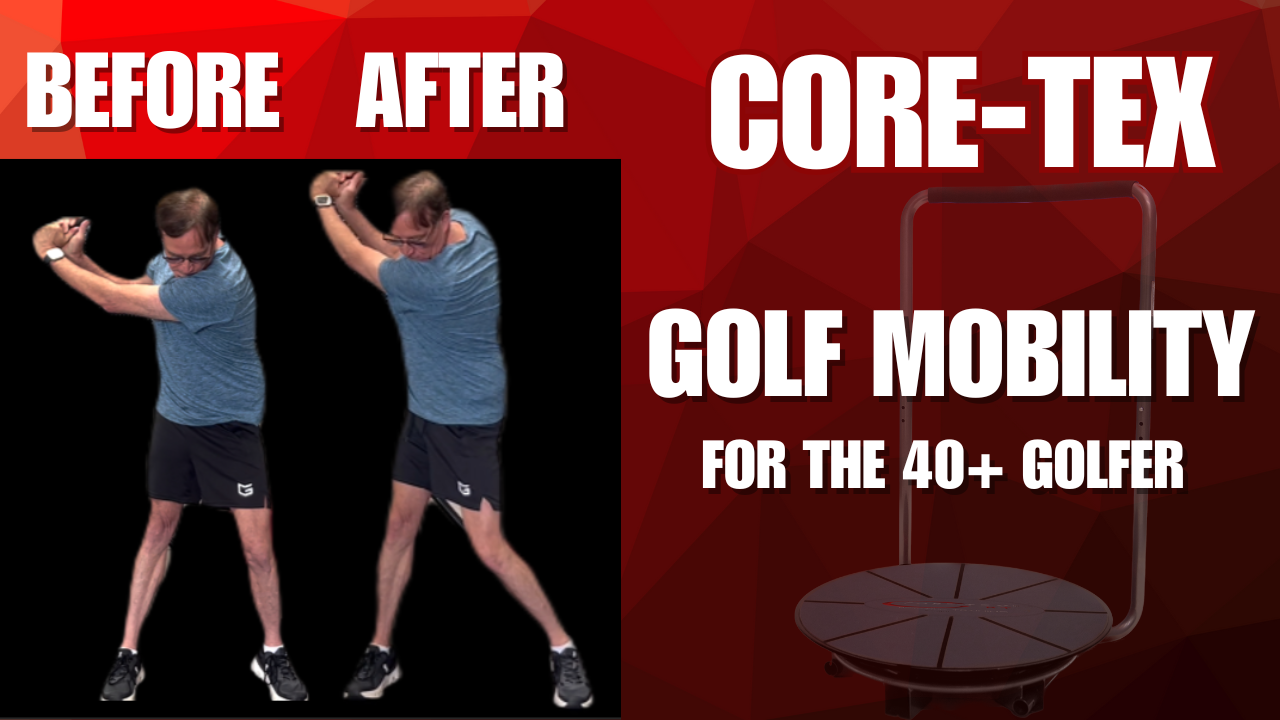
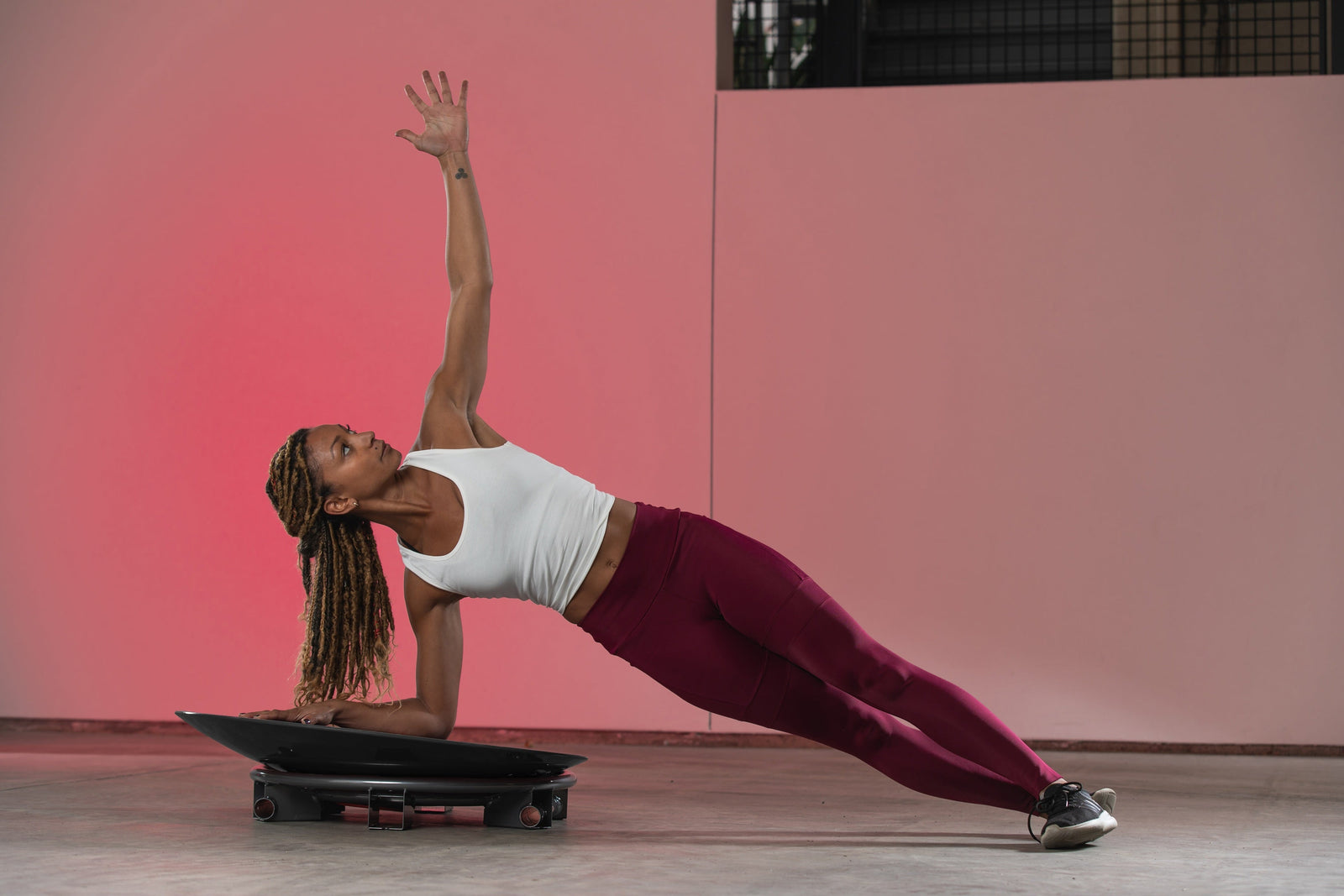
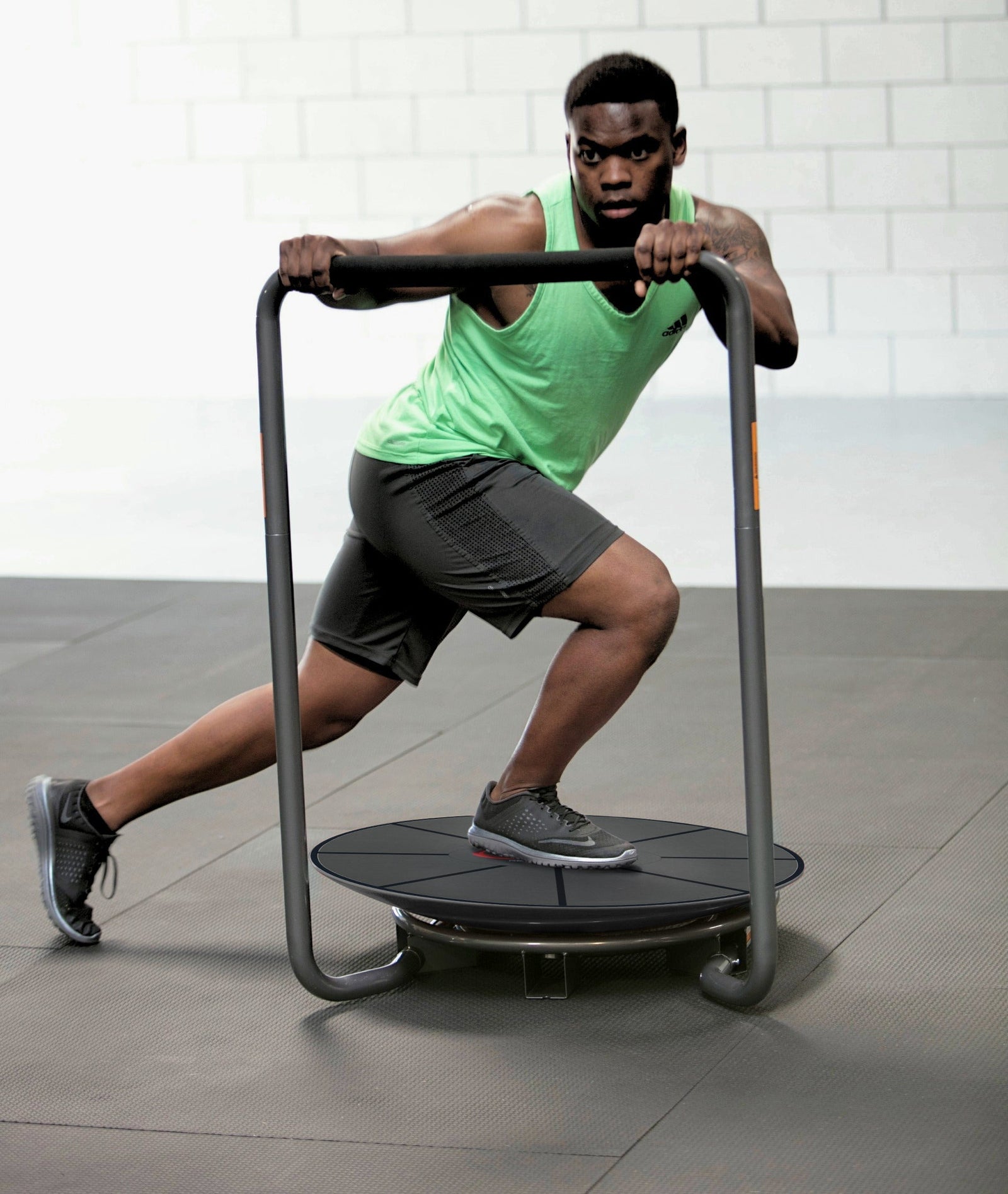
Leave a comment (all fields required)